Post World Cup Fever - could Europe be facing a 2014 summer of Dengue and Chikungunya fever outbreak in local Aedes mosquito populations?
The World Cup is expected to attract 600,000 international visitors and , with the substantial decrease of mosquito and dengues cases in 2013 and early 2014, an estimated 3-59 and expected 33 visitors will become infected ... estimating the number of dengue infections in international visitors to Brazil may also help anticipate the risk of importation of dengue into currently non-dengue endemic countries when the travellers return home. Travellers contribute to the spread of dengue globally which for example has led to the dengue outbreak in Europe in 2012, in the Island of Madeira (Portugal) (Wilder-Smith et al. 2014).
Finally, the dengue number of cases observed in the first 14 weeks of 2014 is more than 80% lower than the same period in 2013. Many factors could explain this observation, in particular the huge epidemic that occurred in 2013 (the highest ever in Brazilian dengue history with more than 1.3 million cases) and the severe drought observed in the summer period of 2103/2014. The latter factor has been previously reported in Brazil (Olívêr et al. 2014), when a significant negative correlation was observed between dengue cases and bushfires, a phenomenon strongly influenced by drought. In addition, important vector control measures were reinforced as a result of the huge outbreak in 2013. In any case, it is expected that the number of dengue cases among travellers visiting Brazil in the World Cup will be very low.
Source:
"Risk of symptomatic dengue for foreign visitors to the 2014 FIFA World Cup in Brazil", Massad E. et al,
Mem Inst Oswaldo Cruz, Rio de Janeiro, Vol. 109(3): 394-397, May 2014
Wilder-Smith A, Quam M, Sessions O, Rocklov J, Liu-Helmersson J, Franco L, Khan K. The 2012 dengue outbreak in Madeira: exploring the origins . Euro Surveill.
2014;19(8):pii=20718. Available online: http://www.eurosurveillance.org/ViewArticle.aspx?ArticleId=20718
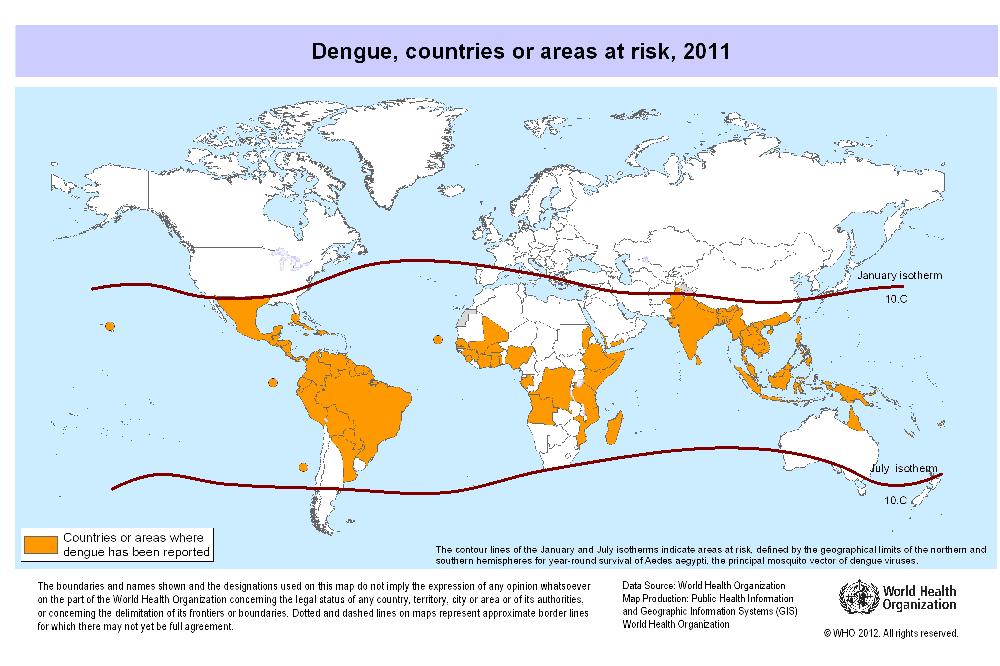
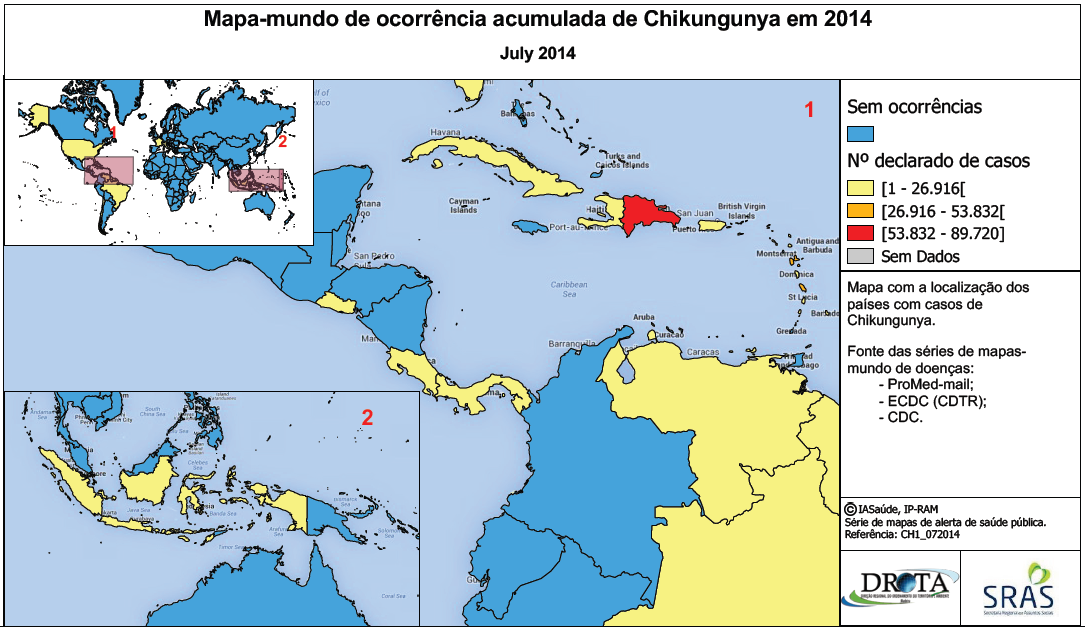
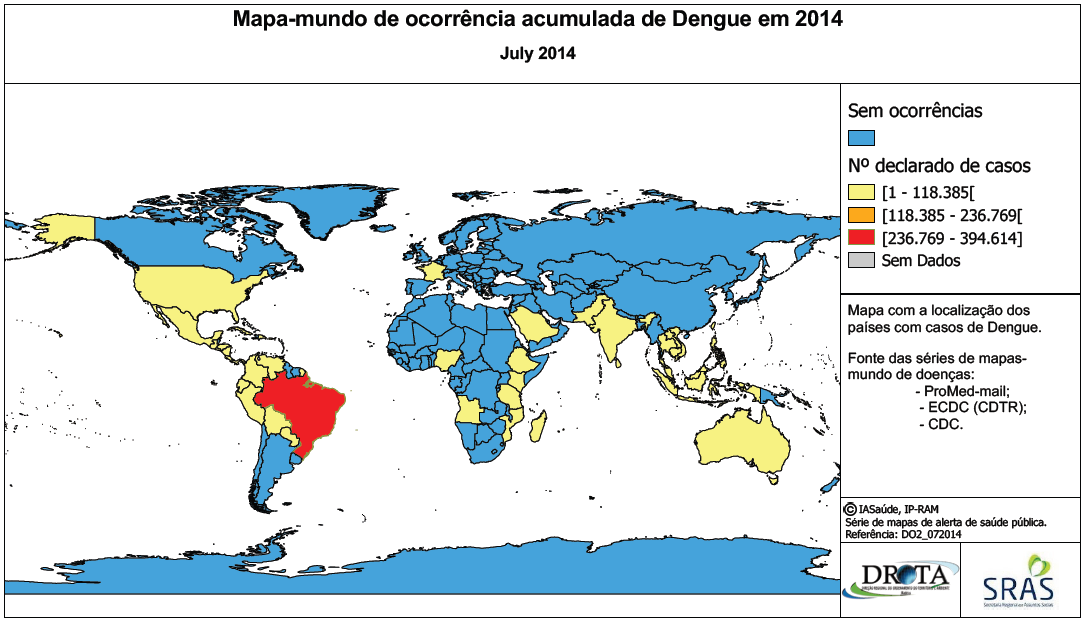
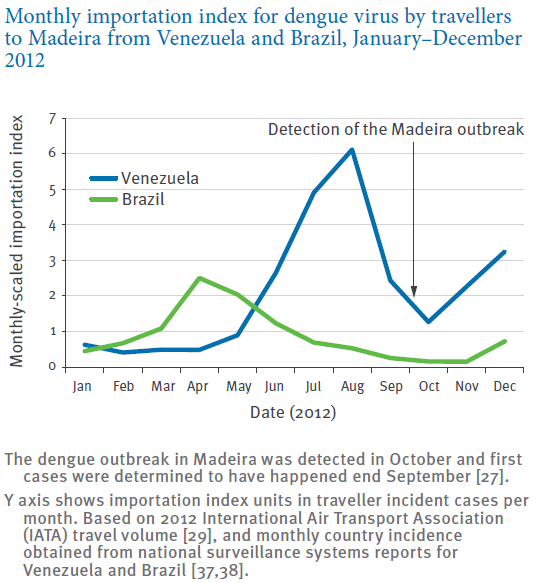
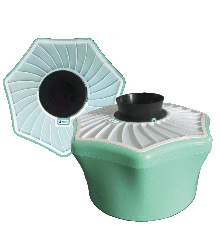

 RSS Feed
RSS Feed
